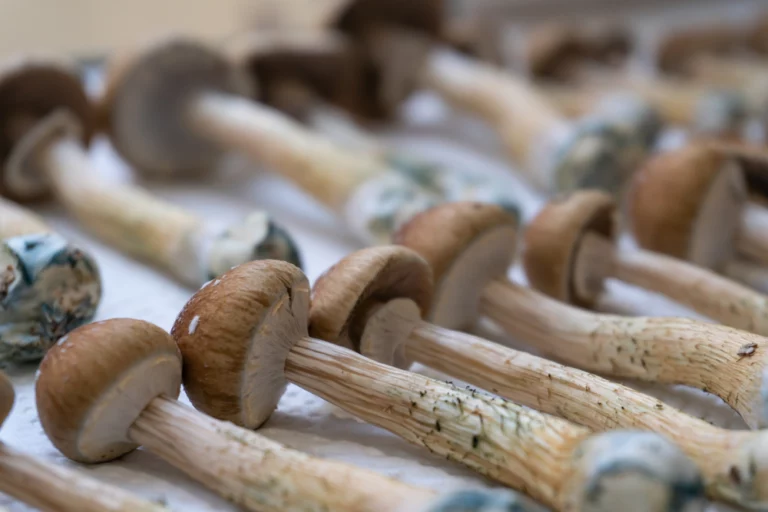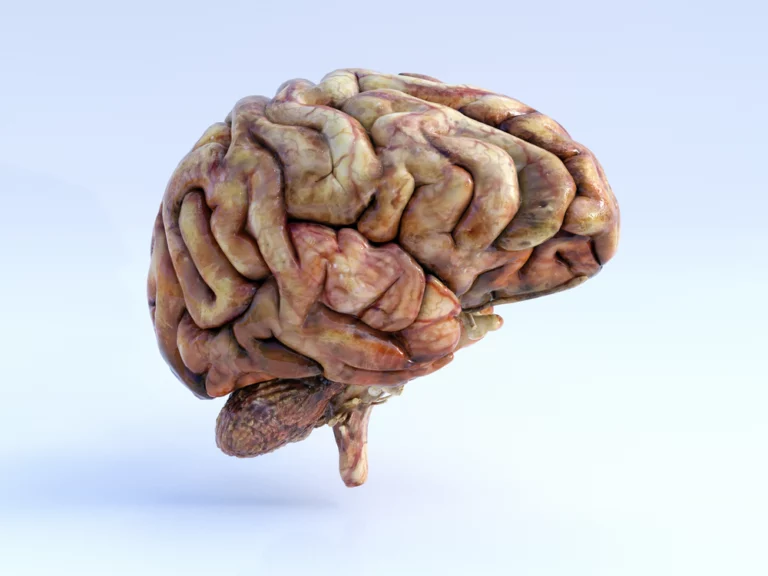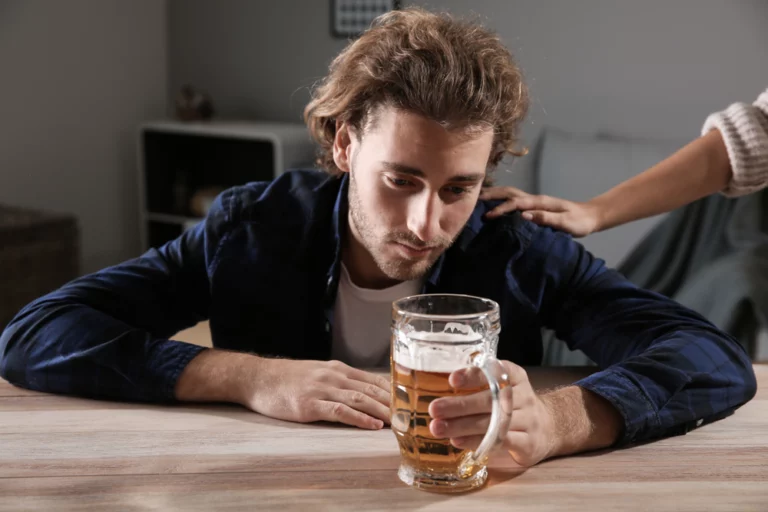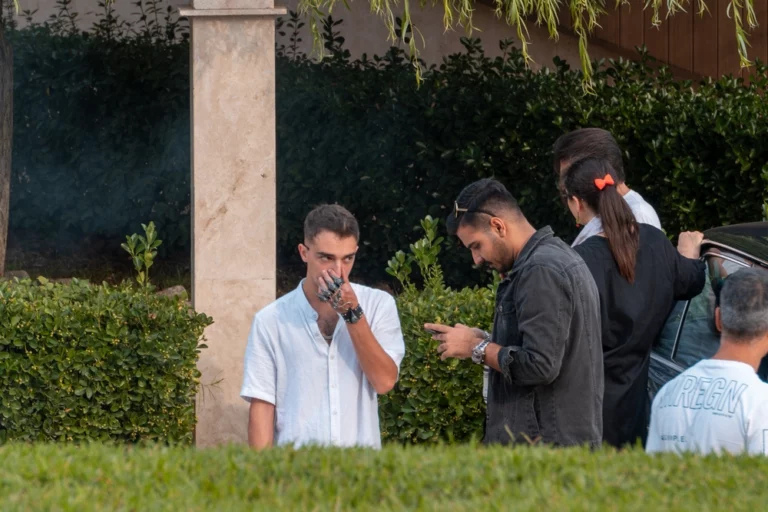Many people wonder-what is a drug rug? Despite how it sounds, a drug rug is not a floor or area rug that drugs are done on. A drug rug is actually an item of clothing. Originated in Baja, Mexico, drug rugs were simply called Baja hoodies until the 1970s when California surfers adopted the look and, due to the liberal use of marijuana at the time and place, the term “drug rug” was adopted.
In short, drug rugs are hooded sweatshirts made out of hemp or cotton blends and are heavily associated with marijuana use, hence the term “drug rug”.

Where Did the Drug Rug Come From?
The idea of the Baja hoodie was born in Baja, Mexico. The locals, who had been using thick blankets for generations (known as “jergas”) took the material and produced them into hooded shirts. Since the 13th century, South and Central American cultures have used jergas as blankets and ponchos. However, the collision of California youth culture with the long history of the jerga occurred in Mexico in the ’70s. When surfers on Baja trips noticed the thick sweaters, they realized the sweaters could be a good idea for keeping warm while surfing.
California counterculture youths saw the pullover sweaters as an opportunity to express their individuality. Drug rugs, also known as “sudaderas de jerga” in Spanish, became a must-have souvenir for Mexican locals seeking to profit off American tourists. The drug rug proved to be a great option for bare-chested surfers as beach days transitioned to chilly nights, thanks to its warmth and comfort.
The legend of the drug rug expanded from there, as what began as a countercultural item became a national fad. As the ’70s progressed, the Baja hoodie became synonymous with West Coast drug culture. Sales skyrocketed as drug culture, which has been highly romanticized since the days of hippie communes in Southern California and mind-expanding spiritual retreats to Big Sur, continued to enthrall Americans. People began to think that the Baja hoodie was made of hemp, even though it is usually made of a cotton blend. (This misconception has been further muddled because hemp versions are sometimes available today.)
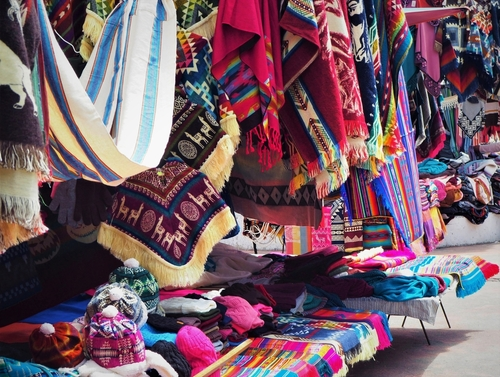
Drug Rugs in Pop Culture
In the ’80s, the Baja hoodie became a cultural icon in connection with stoner culture because of its widespread popularity. In Fast Times at Ridgemont High, Sean Penn plays Spicoli, a stoner hero who sports a Baja hoodie. Luke Perry’s character on Beverly Hills, 90210 also wore drug rugs, which the writers linked to California cool. By the ’90s, this iconic drug rug had become an aspirational item for teenagers who longed for a laid-back coastal lifestyle while living in landlocked suburbs. Like tie-dye and bandanas, the drug rug was forever a part of stoner iconography.
Certain Baja hoodie styles have caught fire and commanded a ridiculous price tag in the fashion industry, thanks to the drug rug catching on and spreading. Marijuana lifestyle gear has gained popularity as 1970s styles have returned to fashion, and observers have seen Baja hoodies selling for over $2,000. The Baja hoodie is now a part of American culture, and will likely be recycled, repurposed, and reconsidered as the years go by and America’s relationship with drug culture continues to change.
“Drug Rugs” And The Negative Impact On Mexican Americans
It’s important to recognize that drug rugs are simply a type of clothing and do not inherently represent drug use or Mexico as a whole. Associating drug rugs with drug use and Mexico perpetuates harmful stereotypes and contributes to cultural appropriation.
Furthermore, Mexico is a diverse country with a rich culture and history that extends beyond drug-related issues. Reducing Mexico to just drug culture and drug rugs is disrespectful and ignores the many positive aspects of Mexican culture.
- Criminalization of marijuana: In the early 20th century, Mexican immigrants introduced marijuana to the United States. As a result, many Americans associated the drug with Mexican culture and immigrants. In response, the government criminalized marijuana, which was then used to target Mexican Americans and other minority groups.
- Racial profiling: Law enforcement agencies have used drug enforcement as a pretext for racial profiling and discrimination against Mexicans and Mexican Americans.
- Stigmatization of drug use: The association between drug use and Mexican culture has contributed to the stigmatization of drug use, which can make it harder for Mexican Americans, and even Americans, to seek help and support if they struggle with substance use.
- Political rhetoric: Politicians and media outlets have used drug-related issues to promote anti-immigrant sentiments and stereotypes about Mexicans and Mexican Americans.
Does Wearing a Drug Rug Mean You Do Drugs?
Anyone of any age can wear a Baja hoodie. Baja hoodies come in a variety of styles and colors, and anyone can express themselves through them. Wearing one doesn’t imply that you’re into drugs; it just implies that you like warmth, comfort, and a unique style.
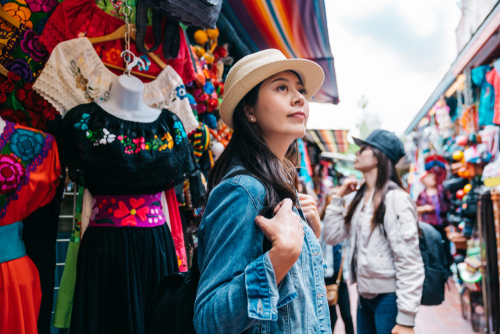
Knoxville Recovery Center is Here For You
If you or a loved one is struggling with addiction or mental health issues, please know that help is out there. Knoxville Recovery Center can provide assistance at any stage of addiction or mental illness. We at Knoxville Recovery Center offer the following:
Detox – Our on-site detox clinic supports and cares for clients as their bodies eliminate all remaining traces of addictive substances. Clients are under medical supervision throughout the detox process to ensure that they remain protected and at ease.
Addiction Treatment – Prior to beginning treatment outside of our facility, clients will participate in introductory therapies and exercises during our addiction treatment program. Our treatment track is designed to prepare clients for continued, more intensive treatment. Our goal is to stabilize clients so that they are treatment-ready.
Mental Health Treatment – The mental health treatment program at the center offers a variety of behavioral therapies based on self-expression and holistic exercise. Art therapy, music therapy, and yoga are just a few examples of the therapies we offer. We want to help clients express their voices and receive treatment within a professional setting.
Aftercare Planning – An individual who has benefitted from our introductory addiction services and is moving into a more intensive addiction treatment program may benefit from aftercare services. Once a client is stable, we encourage them to pursue additional addiction treatment. Our experienced case managers will then assist our clients in finding a program that addresses their unique wants and needs.
Our experts are standing by to assist you or a loved one if you or a loved one is having difficulties and require help. Please contact the professionals at Knoxville Recovery Center right away.




